Fiat’s new 500e is a neat urban runabout—but that’s about it
Behold, what yonder electric jellybean from Italy doth approach? Why, it’s the new Fiat 500e! Technically it is the first pure battery-electric vehicle (BEV) from the Stellantis conglomerate that will be sold throughout the whole of North America.
Though U.S. residents could buy a 500e as recently as 2019, those cars were sold exclusively in California and Oregon as little more than compliance cars to help offset the automaker’s (then called Fiat Chrysler Automobiles, or FCA) overall carbon footprint in states with particularly stiff regulations. The 2024 500e, however, will be sold nationwide. In fact, this model was originally revealed in March of 2020, at the time specifically only for European markets; Fiat was “evaluating its potential for the North American market.” Evidently those evaluations proved fruitful enough for a green light on our shores.

Keeping with the 500‘s ethos, the new 500e is possessed of remarkably svelte proportions; it’s just 11.9 feet long, nearly nine feet shorter than a crew-cab, short-wheelbase Ford F-250 Super Duty. (And this evolution is wider and longer than the previous ICE-powered 500, according to Fiat.) Fiat says the 2024 500e is all-new, riding on a dedicated BEV platform. (The previous one was a jury-rigged effort derived from the gas-powered 500.) The automaker claims the 500e is the lightest BEV in the market, too, with a curb weight of just 2952 pounds.
Part of that meager weight is the little hatch’s relatively small 42-kWh lithium-ion battery pack. That pack enables the 500e to offer an EPA-estimated range of 149 miles. On an 85-kW DC fast charger system, the 500e can add 31 miles of range in just five minutes, Fiat says, and can charge from dead to 80 percent capacity in approximately 35 minutes. On board is also an 11 kW AC-DC on-board charger and a CCS (Combined Charging System) Combo 1 socket that allows users to charge at home or on the go. From dead, this charger can revive the battery to full strength in four hours and 15 minutes, according to Fiat. (Note: The CCS Combo 1 charge port is not the same thing as the Tesla Supercharger system, which many automakers are now switching over to as their standard outlet for EV charging.)
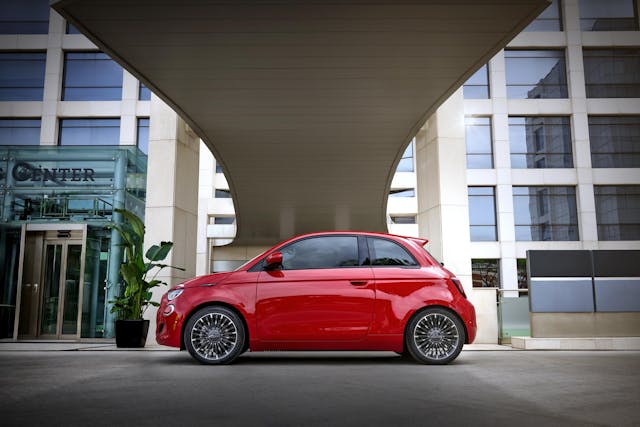
Output figures for the 500e are predictably low for such a city-specific brief, but they should be sufficient for stop-and-go city use. The front-wheel-drive 500e boasts 118 horsepower and 162 lb-ft of torque, good for an 8.5-second 0–60 run. Top speed is limited to just 94 mph.
The 500e will come with three driving modes: Normal; Range, which enables on-pedal driving to recapture extra charge while coasting off throttle; and one called Sherpa, which aims to maximize efficiency by limiting top speed to 50 mph and cutting power from 87 kW to just 57 kW. (Goose it while in Sherpa mode, and full power will be re-activated, Fiat says.)
Styling tweaks from previous 500s include new front and rear lighting, a revised grille design, tucked door handles, and new 17-inch wheels on the exterior. Inside, a two-spoke steering wheel and familiar dashboard insert harken back to the original 1957 Fiat 500. A 10.25-inch center screen handles infotainment duties, while a 7-inch digital instrument cluster will keep the driver abreast of important driving data.
The first 500e to reach our shores will be the 500e (RED) edition, created in collaboration with the (RED) charity, which was created by Bono and Bobby Shriver in 2006 to fight HIV and AIDS. It gets special design flourishes such as red exterior mirrors and a red dashboard insert.
Fiat says the 500e will be available in North American showrooms early next year. The 500e (RED) edition will start at $34,095, including a $1595 destination fee. That puts it dangerously close to the starting price of a base Tesla Model 3, which for roughly $40,000 before many thousands in EV tax credits are factored in offers 272 miles of range and seems much better as an everyday car if you ever need to venture outside of the concrete jungle. Chevy’s Bolt is also a possible bogey, costing less than $28,000 in base form before you factor in a $7500 tax credit. The Bolt offers an EPA-estimated 259 miles of range, handily outstripping the 500e. (That model is set to be discontinued at the end of this year, but a successor is in the works and the Equinox EV is a larger yet still comparable replacement with a starting price around $30K.)
All that said, expect non-special-edition 500es to start around $30K, which at least would help place it on better—if not equal—footing to the two competitors mentioned above. Still, it’s hard to see this thing becoming a volume player in North America the way it has in Europe.
***
Check out the Hagerty Media homepage so you don’t miss a single story, or better yet, bookmark it. To get our best stories delivered right to your inbox, subscribe to our newsletters.
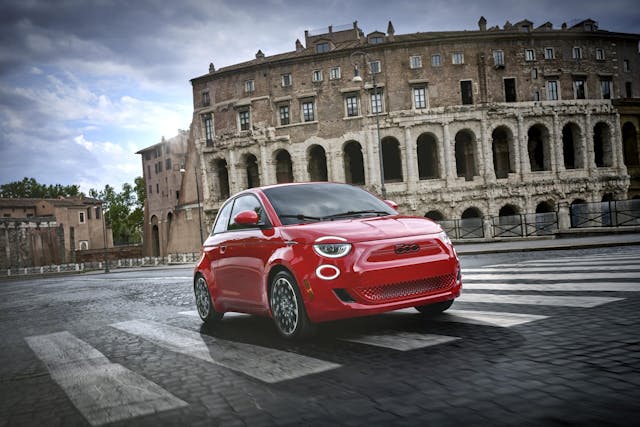
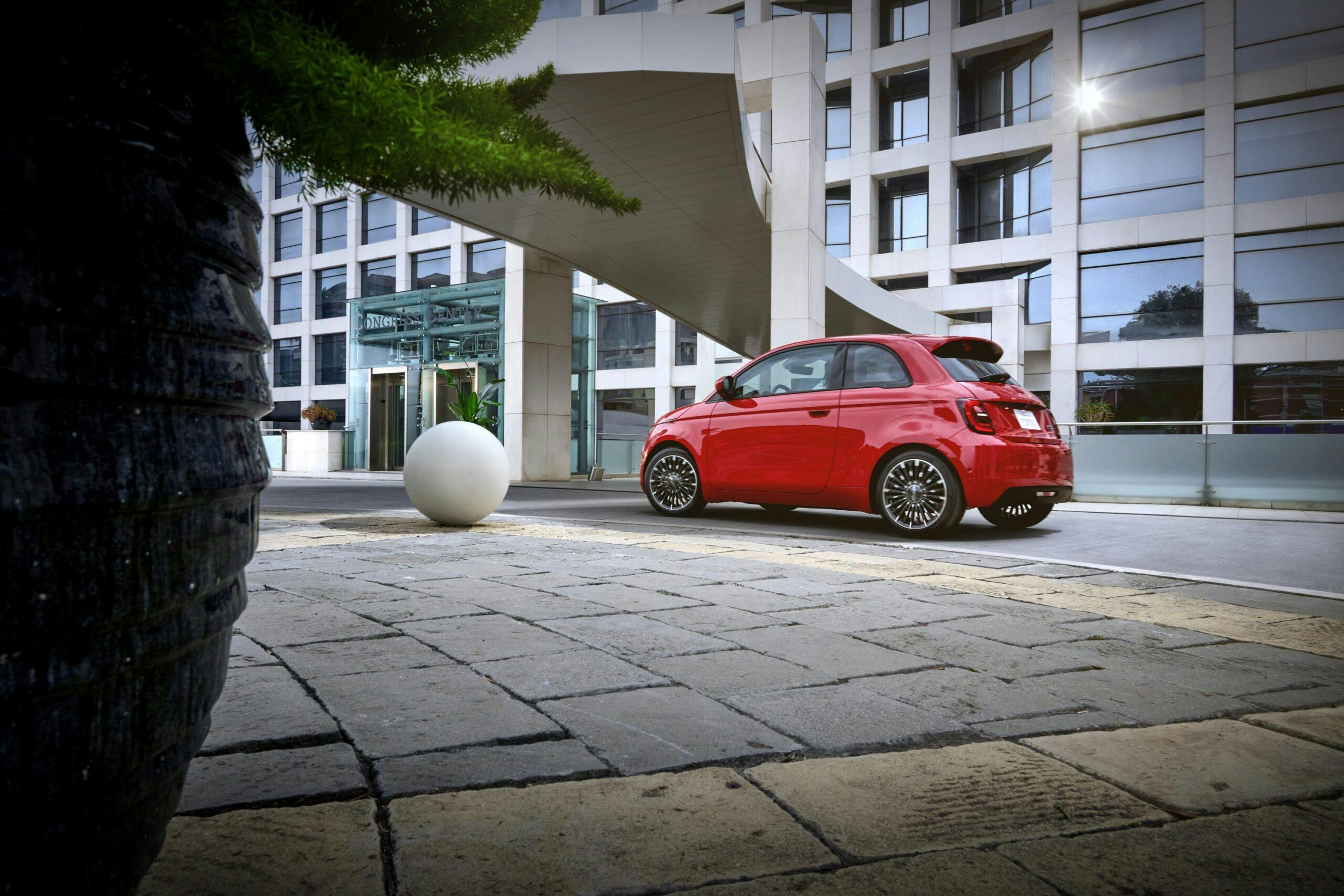
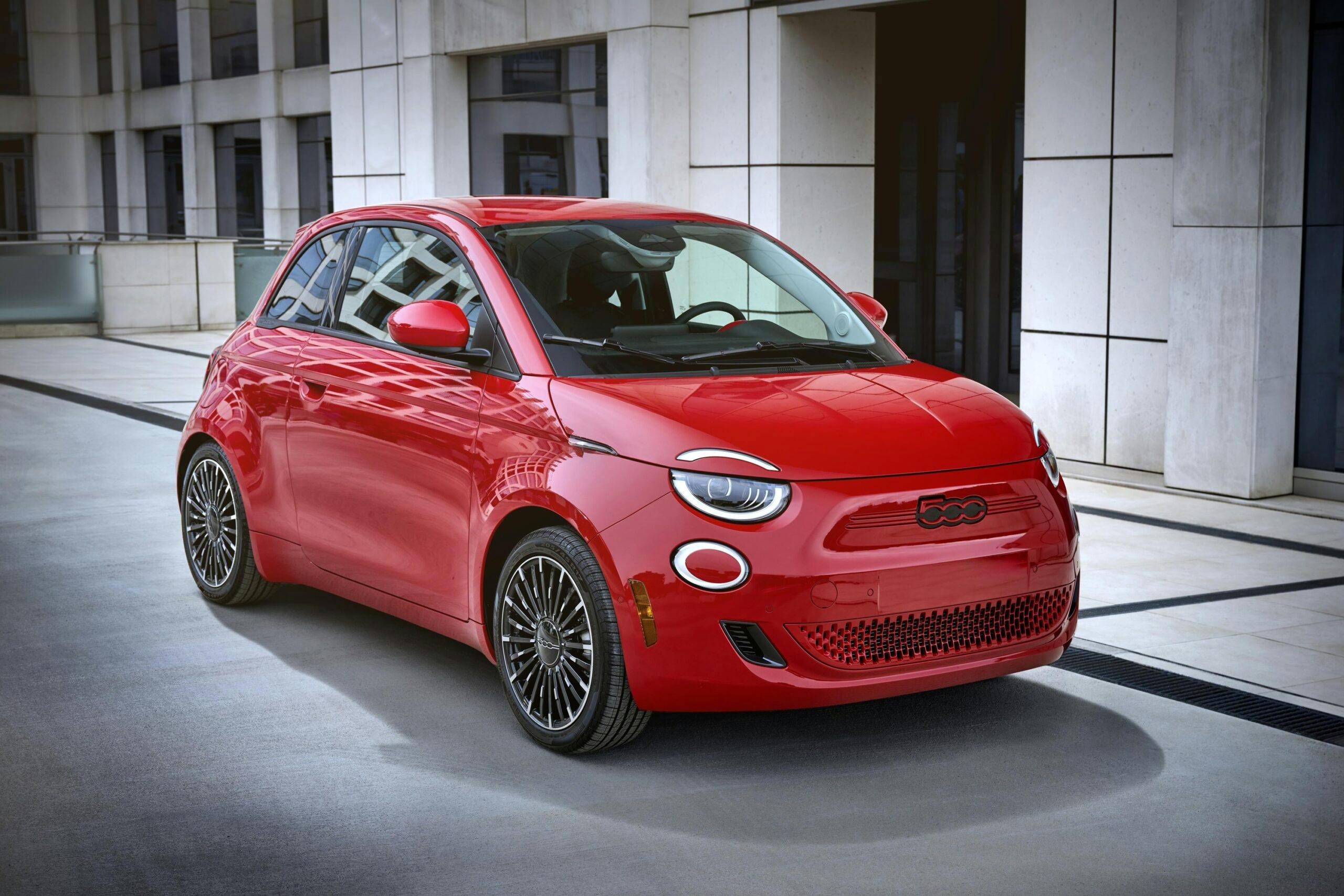
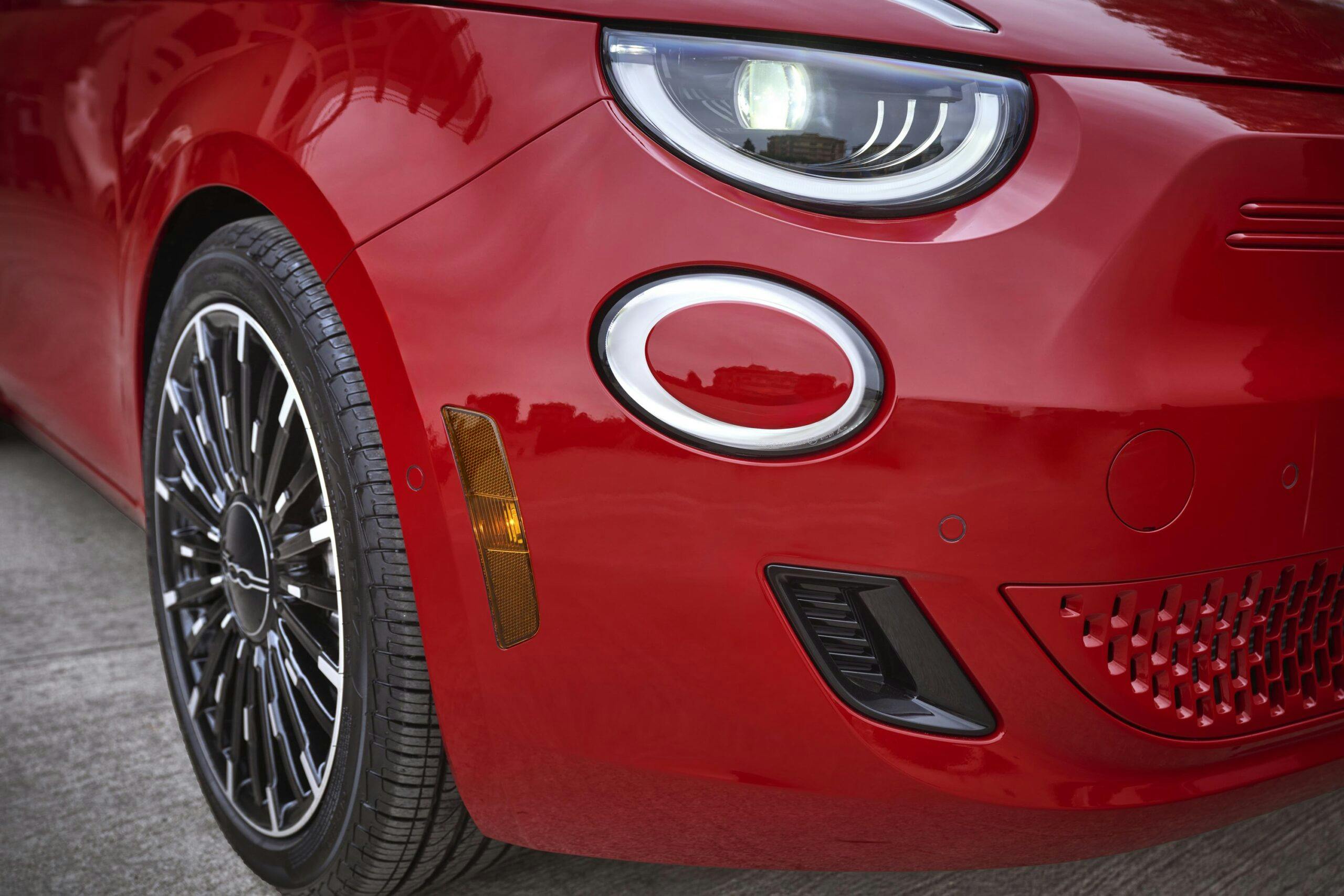
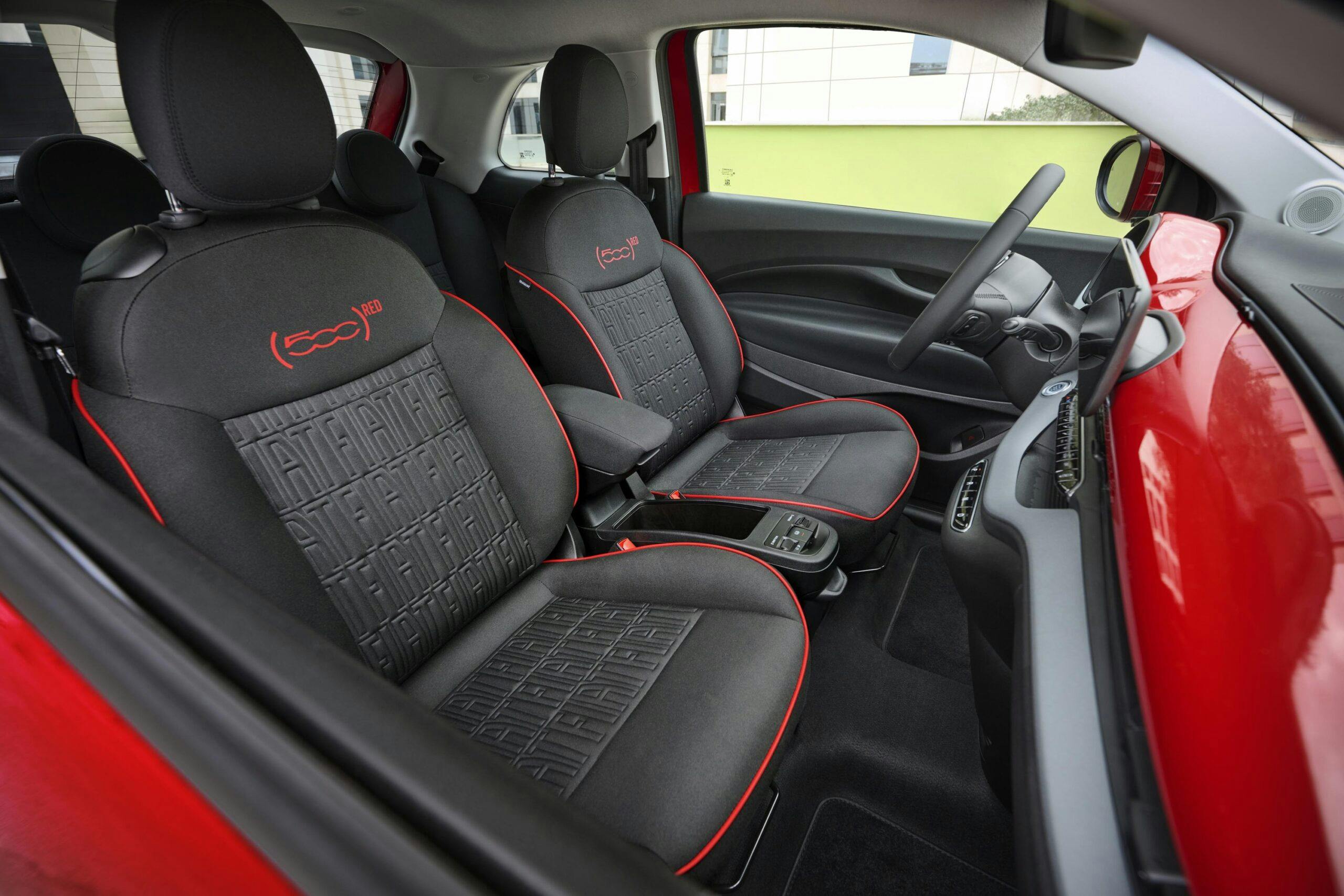
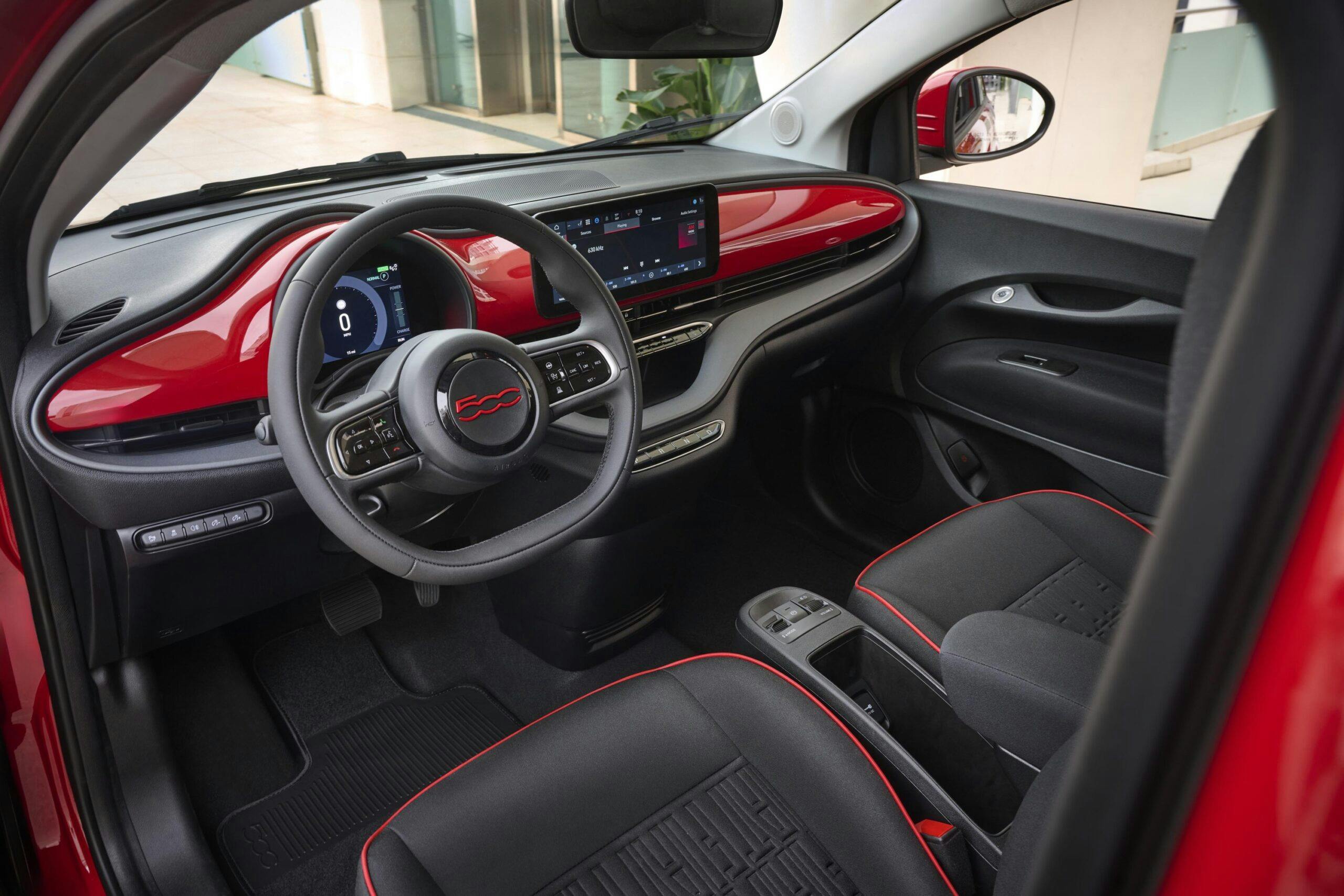
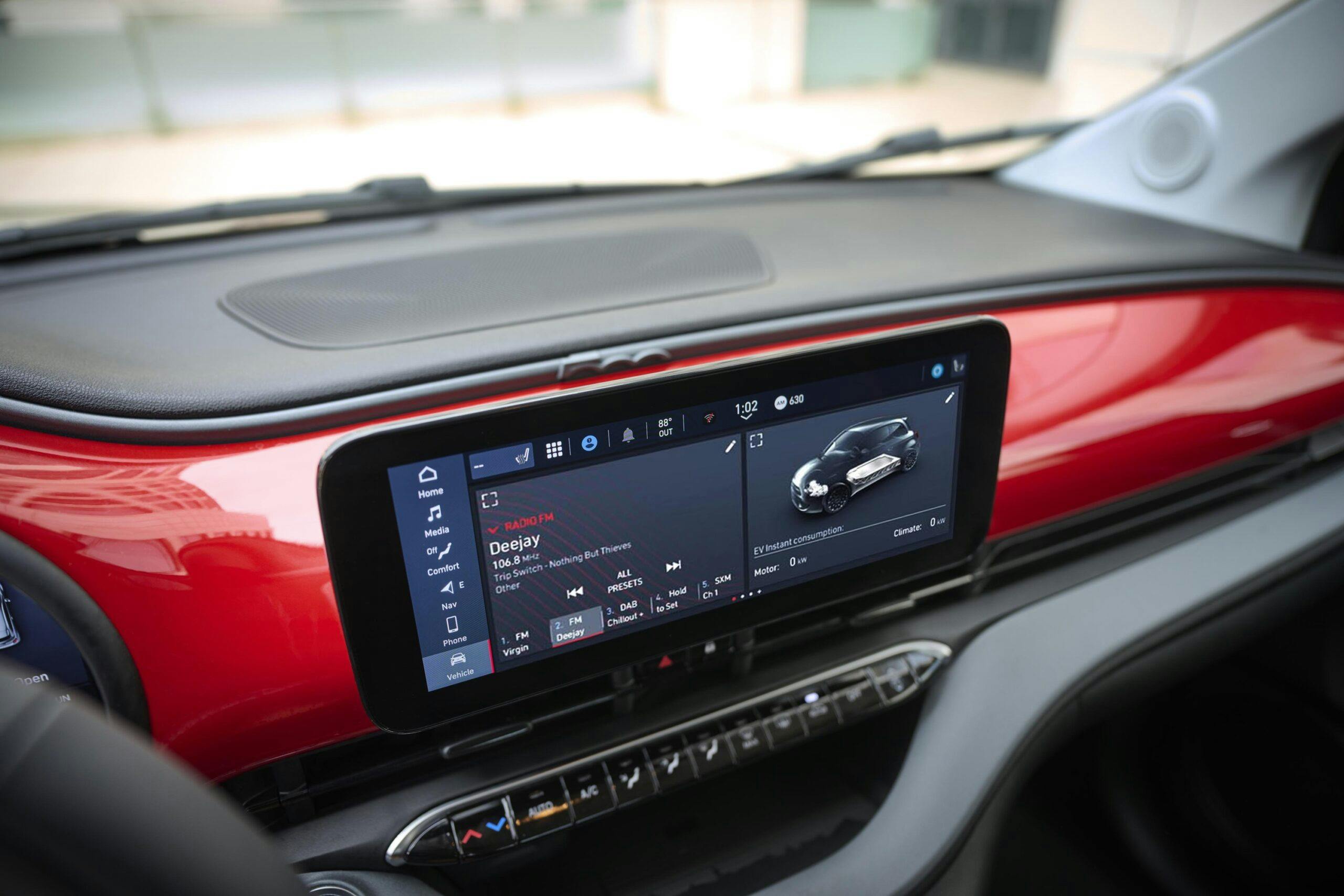


Seriously, redesign to electric? We all should know by now that EPA estimated electric driving ranges are very optimistic. First, take the normal 99% charge limit for preserbibg battery life. Second, add air conditining in the south or winter heating in the north. Drive normally. You are lucky to get more than 100 miles of range. That’s barely a local commuter. Then add 4 hours if you find yourself away from home and needing a substantial charge. HELLO! Is anybody home??
Don’t be such a downer killjoy. The machine WILL sell and I hope it does well in the market.
I also read online that there is a strong possibility that this Fiat will also be available as an ICE version in time. I hope Stellantis backs it and doesn’t give up on it as they did with 500 originally. While backing it the company should do some CONSTANT, occasional promo on it to awaken the masses that the vehicle exists!!!